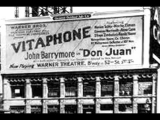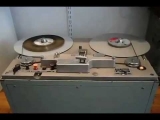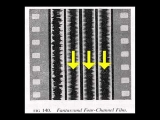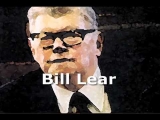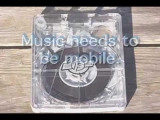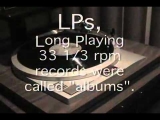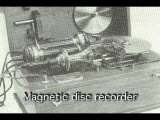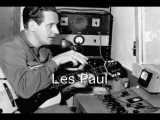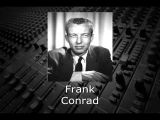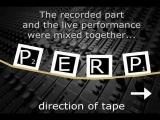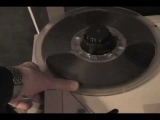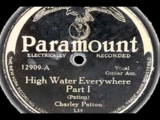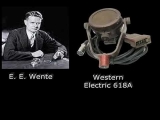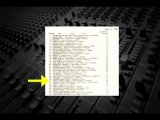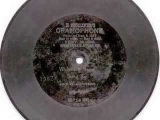The History of Radio documentary
The History of Radio documentary
To some it was a miracle. Others call it the triumph of illiteracy. Somewhere between adoration and scorn. Somewhere between the carrier pigeon and television. There was and is radio. We take radio for granted. Perhaps think of it as a second rate medium. A poor relation to our pride and joy, television. But fewer than a hundred years ago, the discovery that people could communicate over great distances without wires, galvanized the world to a degree that has been 1864 James Clerk Maxwell showed mathematically that electromagnetic waves could propagate through free space. The effects of electromagnetic waves (then-unexplained “action at a distance” sparking behavior) were actually observed before and after Maxwell’s work by many inventors and experimenters including George Adams (1780-1784), Luigi Galvani (1791), Peter Samuel Munk (1835), Joseph Henry (1842), Samuel Alfred Varley (1852), Edwin Houston, Elihu Thomson, Thomas Edison (1875) and David Edward Hughes (1878). Edison gave the effect the name “etheric force” and Hughes detected a spark impulse up to 500 yards (460 m) with a portable receiver, but none could identify what caused the phenomenon and it was usually written off as electromagnetic induction. In 1886 Heinrich Rudolf Hertz noticed the same sparking phenomenon and, in published experiments (1887-1888), was able to demonstrate the existence of electromagnetic waves in an experiment confirming Maxwell’s theory of 20th century radio systems transmitted messages by continuous wave code only. Early attempts at developing a system of amplitude modulation for voice and music were demonstrated in 1900 and 1906, but had little success. World War I accelerated the development of radio for military communications, and in this era the first vacuum tubes were applied to radio transmitters and receivers. Electronic amplification was a key development in changing radio from an experimental practice by experts into a home appliance. After the war, commercial radio broadcasting began in the 1920s and became an important mass medium for entertainment and news. David Sarnoff, an early exponent of broadcast radio, persuaded the Radio Corporation of America to begin an AM broadcasting service which rapidly grew in popularity. World War II again accelerated development of radio for the wartime purposes of aircraft and land communication, radio navigation and radar. After the war, the experiments in television that had been interrupted were resumed, and it also became an important home entertainment broadcast medium. Stereo FM broadcasting of radio was taking place from the 1930s onwards in the United States and displaced AM as the dominant commercial standard by the 1960s, and by the 1970s in the United Kingdom.
